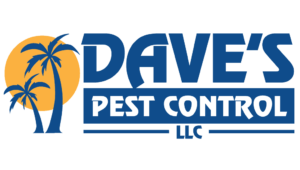
Pantry pests, also known as stored-product pests, pose significant challenges in households, food storage facilities, and agricultural settings worldwide. These insects have adapted to thrive in the environment of stored food products, causing economic losses, food contamination, and health risks. Understanding the characteristics, behavior, prevention, and control measures of pantry pests is crucial for effectively managing their impact.
What are pantry pests?
Pantry pests are insects that infest stored food, products kitchens, pantries, and food storage areas. Common pantry pests include beetles, weevils, moths, and ants. They can contaminate food, causing spoilage and health risks, and are often found in items, like flour, grains, cereals, dried fruits, and spices. Proper storage and sanitation practices are essential for preventing pantry pest infestations.
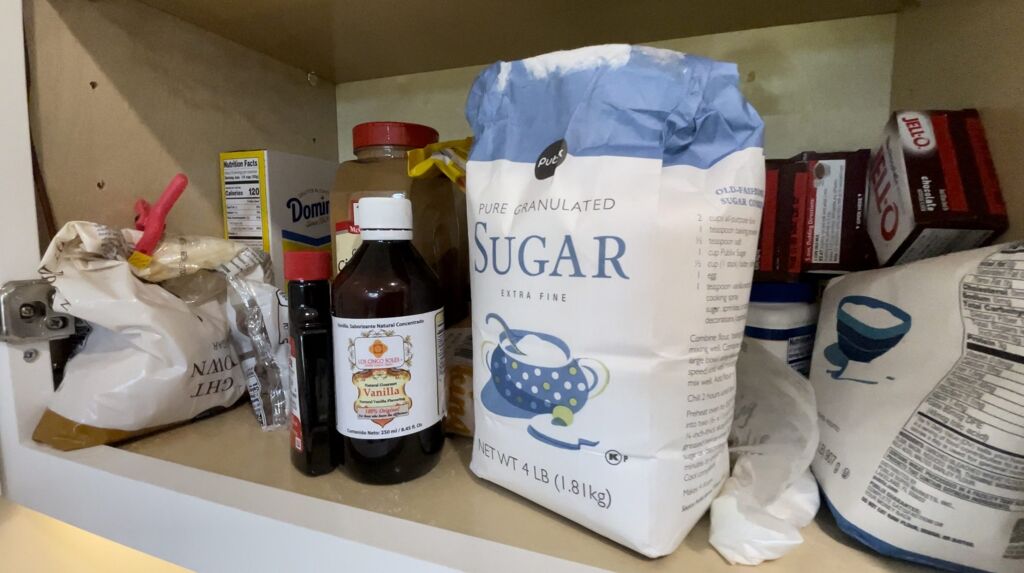
Characteristics of Pantry Pests:
Pantry pests encompass a diverse group of insects, including beetles, weevils, moths, and ants, among others. They often target a wide range of stored food items such as flour, grains, cereals, dried fruits, nuts, spices, and pet food. These pests are typically small in size, making them difficult to detect until infestations become severe. Common pantry pests include the Indian meal moth, rice weevil, flour beetle, and cigarette beetle, each with specific feeding habits and preferences.
Lifecycle and Behavior:
Understanding the lifecycle and behavior of pantry pests is essential for effective pest management. Most pantry pests undergo complete metamorphosis, including egg, larva, pupa, and adult stages. The lifecycle duration varies depending on factors such as temperature, humidity, and food availability. Larvae are the primary feeding stage and can cause extensive damage to stored food products by tunneling through packaging and contaminating items with feces and silk webbing.
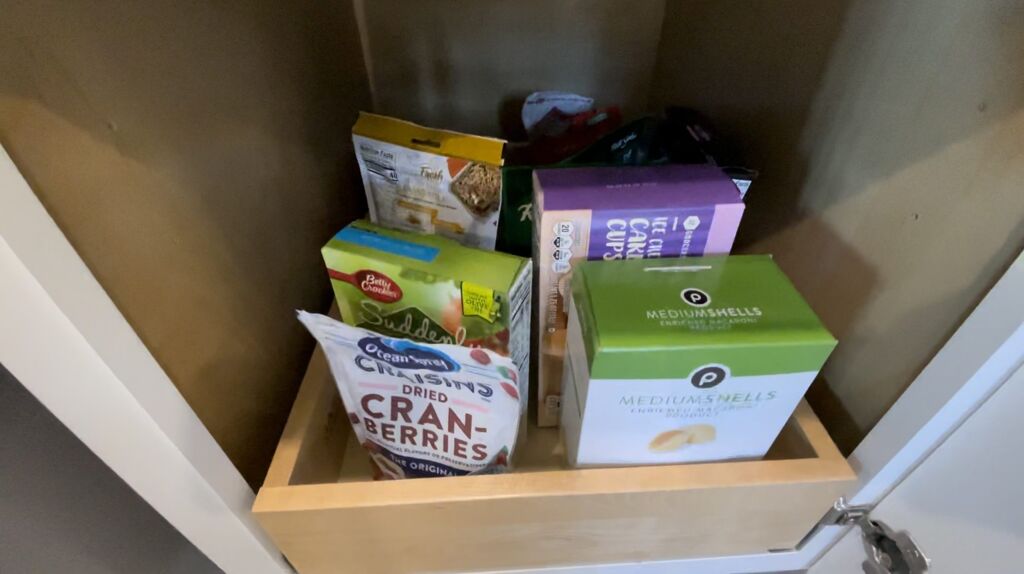
Prevention Strategies:
Preventing pantry pest infestations begins with implementing proactive measures to minimize favorable conditions for their development and survival. Key prevention strategies include proper storage practices, such as using airtight containers to seal food items, regularly inspecting stored products for signs of infestation, maintaining cleanliness in storage areas, and promptly disposing of expired or infested foods. Additionally, sealing cracks and crevices in walls, floors, and packaging materials can help prevent pests from entering storage areas.
Control Measures:
Despite preventive efforts, pantry pest infestations may still occur, necessitating prompt and effective control measures. Non-chemical control methods include sanitation, removal of infested items, and vacuuming to eliminate larvae, pupae, and adults. Insecticidal sprays, dusts, and traps can be used as part of an integrated pest management (IPM) approach to target pantry pests while minimizing environmental impact and human exposure to pesticides. However, it is essential to follow label instructions and safety precautions when using chemical control methods.
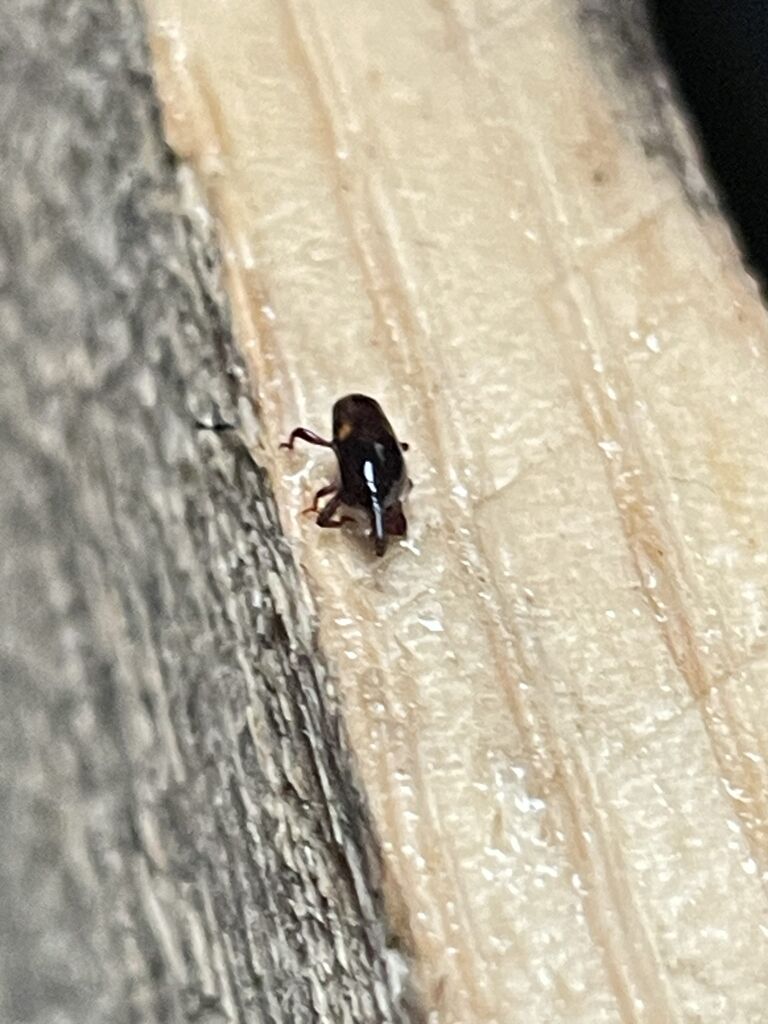
What is the life cycle of pantry pests?
The life cycle of pantry pests typically consists of four stages: egg, larva, pupa, and adult. However, the exact duration and specific characteristics of each stage can vary depending on factors such as the species of the pest, temperature, humidity, and food availability.
- Egg: The life cycle begins when adult pantry pests lay eggs on or near suitable food sources. Eggs are often small, and oval-shaped, and may be deposited singly or in clusters, depending on the species. The duration of the egg stage varies among different pantry pests but generally lasts from a few days to several weeks.
- Larva: Once the eggs hatch, larvae emerge and begin feeding on stored food items. Larvae are the most destructive stage of pantry pests, as they tunnel through packaging and consume the food product. Larvae vary in appearance depending on the species but are typically small, legless, and creamy-white in color. The larval stage can last anywhere from a few weeks to several months, depending on environmental conditions and food availability.
- Pupa: After completing the larval stage, pantry pests enter the pupal stage, during which they undergo metamorphosis into adults. Pupae are often found in protected locations within the storage area or packaging, where they undergo physical changes and develop into adult insects. The duration of the pupal stage varies but generally ranges from a few days to several weeks.
- Adult: Once development is complete, adult pantry pests emerge from the pupal stage and become sexually mature. Adults are capable of mating and laying eggs, thus initiating a new generation of pantry pests. Adult pantry pests vary in appearance depending on the species but are typically small, ranging from a few millimeters to a few centimeters in size. They may have wings or be wingless, and their coloration can vary from light brown to dark brown or black.
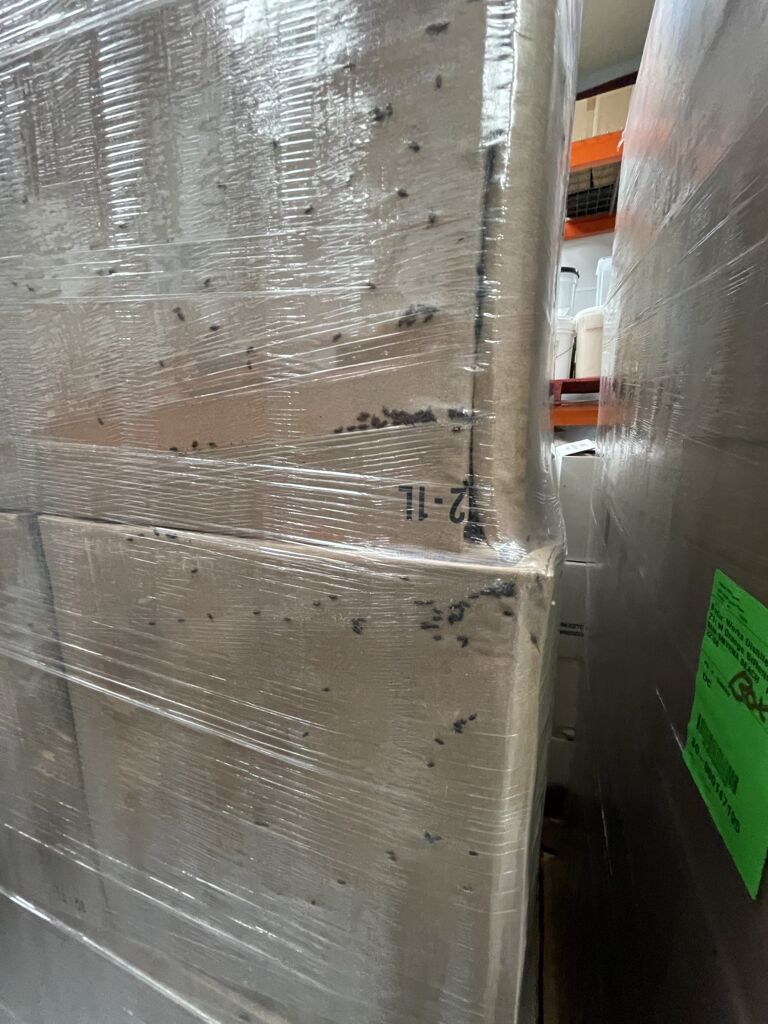
Throughout their life cycle, pantry pests may undergo multiple generations in a single year, with environmental conditions and food availability influencing the timing and frequency of reproduction. Understanding the life cycle of pantry pests is crucial for effective pest management and control strategies.
What can homeowners do?
Managing and controlling pantry pests in Florida, like in any other region, requires a combination of preventive measures, sanitation practices, and targeted control strategies. Here are some effective methods:
- Proper Storage: Store all pantry items in airtight containers made of glass, metal, or heavy-duty plastic to prevent pests from accessing food sources. This helps to reduce the risk of infestation by denying pests easy access to stored products.
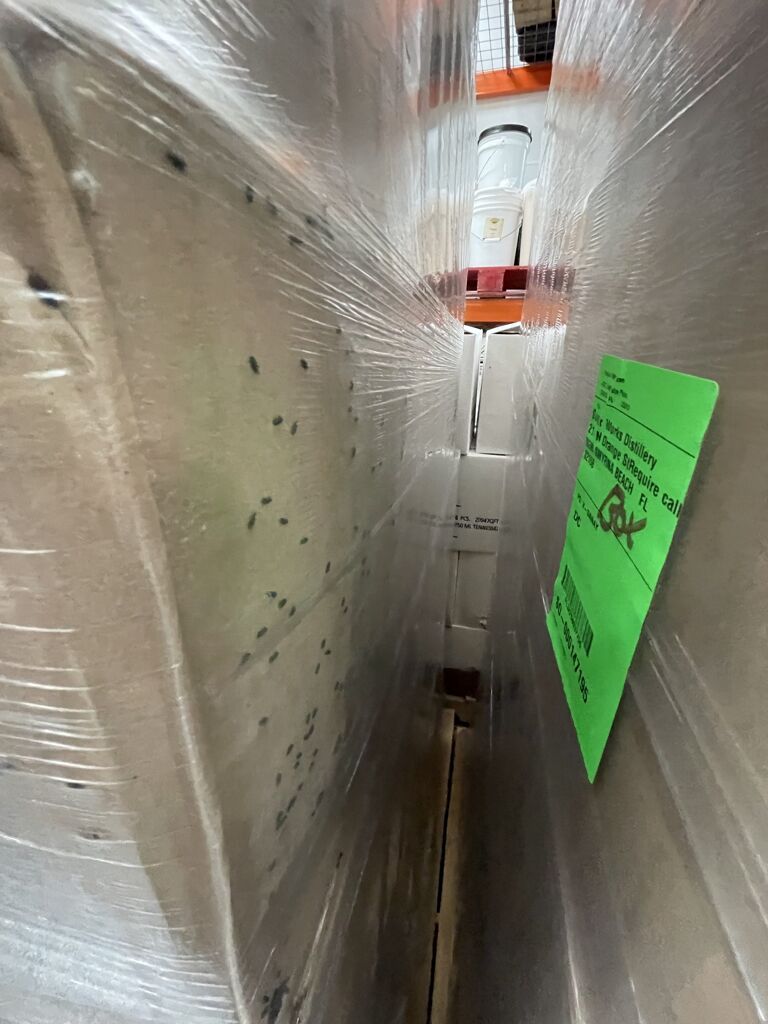
- Regular Inspection: Routinely inspect stored food items for signs of pantry pests, including larvae, webbing, fecal matter, and damaged packaging. Pay close attention to dark, secluded areas where pests may hide, such as corners, cracks, and crevices.
- Maintain Cleanliness: Keep storage areas, cabinets, shelves, and countertops clean and free of crumbs, spills, and food debris. Regularly vacuum and wipe down surfaces to eliminate potential food sources and discourage pest activity.
- Dispose of Infested Items: Promptly discard any food items that show signs of infestation, including those with visible pests or damage. Seal infested items in plastic bags before disposing of them to prevent further spread of pests.
- Seal Entry Points: Seal cracks, gaps, and entry points around windows, doors, pipes, and vents to prevent pantry pests from entering the home or storage areas. Use caulk, weather stripping, or screens to seal gaps and exclude pests.
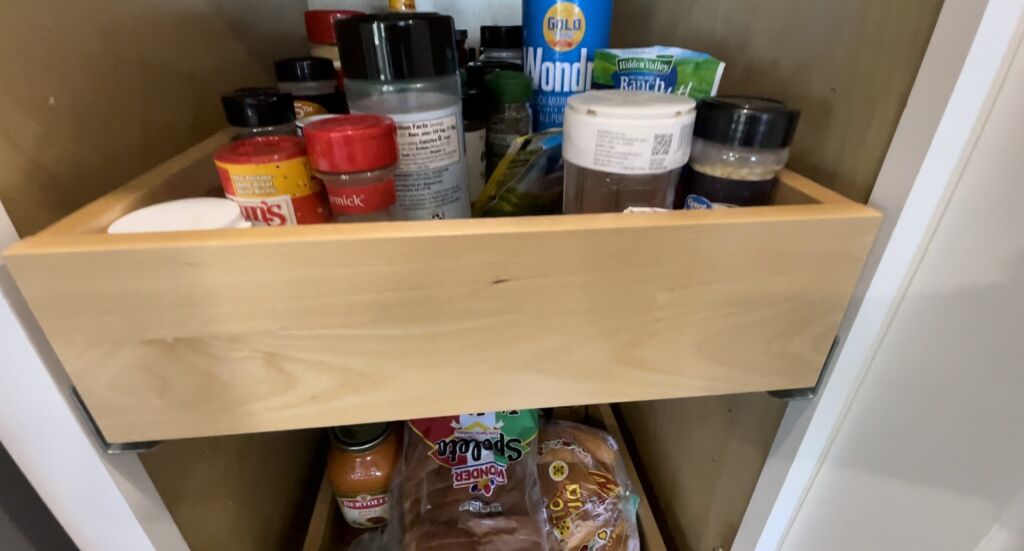
- Temperature and Humidity Control: Maintain proper temperature and humidity levels in storage areas to discourage pantry pests. Consider using dehumidifiers or air conditioners to reduce moisture levels, as high humidity can attract and support pest infestations.
- Natural Predators: Introduce natural predators of pantry pests, such as certain species of parasitic wasps and predatory beetles, to help control pest populations. These biological control agents can help reduce pest numbers without the need for chemical pesticides.
- Pesticide Application: If infestations persist despite preventive measures, consider using insecticidal sprays, dusts, or baits labeled for pantry pest control. Follow label instructions carefully and use pesticides safely and responsibly, taking precautions to minimize exposure to humans, pets, and the environment.
- Professional Pest Control: In severe or persistent infestations, consider consulting with a licensed pest control company, like Dave’s Pest Control, who can assess the situation and implement targeted control measures tailored to your specific needs and circumstances. We service Volusia, Flagler, Seminole, Lake and Orange counties.
By implementing these integrated pest management (IPM) practices, homeowners and businesses in Florida can effectively manage and control pantry pests, ensuring the safety and integrity of their stored food supplies.
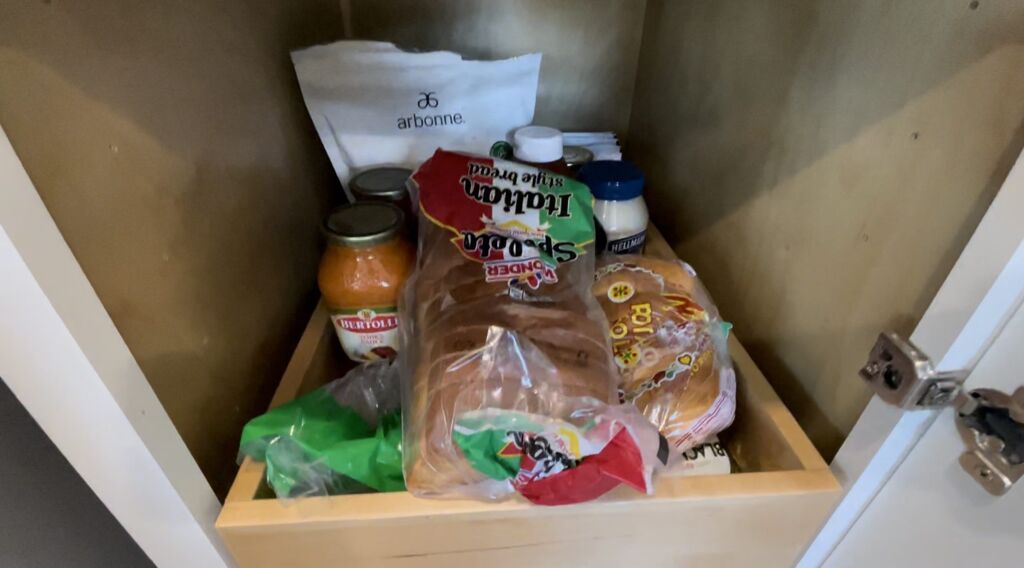
How long does it take for pantry pests to become a large infestation?
The timeframe for pantry pests to become a serious infestation can vary depending on several factors, including the species of pest, environmental conditions, food availability, and initial infestation size. In general, pantry pests can multiply rapidly under favorable conditions, potentially leading to a significant infestation in a relatively short period.
For some pantry pests, such as certain species of beetles, weevils, and moths, a single female can lay hundreds of eggs over her lifetime. These eggs can hatch into larvae, which are the most destructive stage and can quickly consume and contaminate stored food items. Under ideal conditions, larvae can develop into adults within a matter of weeks, allowing for multiple generations to emerge within a short timeframe.
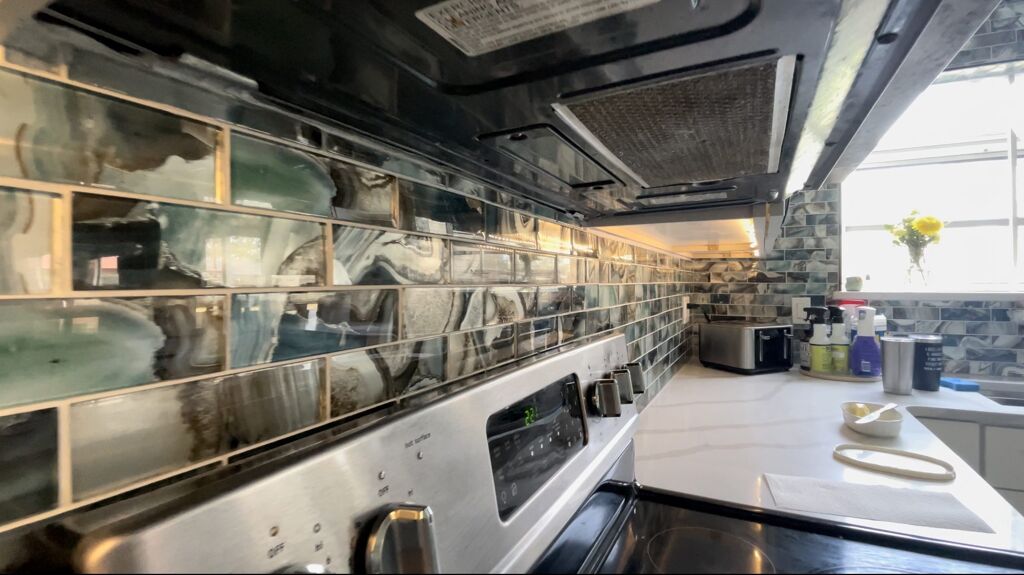
Additionally, factors such as temperature, humidity, and food availability can influence the rate of pest reproduction and development. Warm temperatures and high humidity levels can accelerate the growth and development of pantry pests, while ample food sources can sustain populations and facilitate rapid reproduction.
Therefore, it is essential to be vigilant and proactive in implementing preventive measures and monitoring for signs of pantry pests. Regular inspection of stored food items, proper storage practices, cleanliness, and prompt disposal of infested items can help prevent minor pest issues from escalating into serious infestations. Early detection and intervention are key to effectively managing pantry pests and minimizing their impact on stored food supplies.

In conclusion, Pantry pests pose significant challenges in both residential and commercial settings, threatening food safety, economic stability, and public health. By understanding the characteristics, behavior, prevention, and control measures of pantry pests, individuals and organizations can effectively manage infestations and mitigate their impact. Through proactive measures, vigilant monitoring, and integrated pest management strategies, we can minimize the risk of pantry pests and safeguard our stored food supplies.
Call us today for a free estimate for your home, business, or condominium.
If you see one more bug, Call Dave’s!
